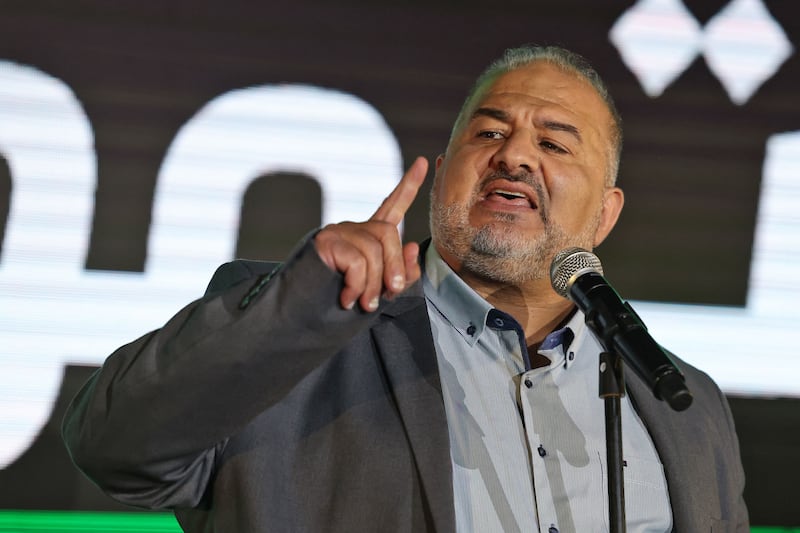When should parents start teaching their children about cash and all the good and bad things it brings? And would a better grounding in personal finance from a young age make any difference when it comes to avoiding financial cataclysms like the one which so recently brought this country to its knees?
The short answers are “it depends” and “no”, but that doesn’t come even close to painting the full picture.
On one level, it’d be nice to think we could protect our kids from the crassness of cold, hard commerce for as long as possible, but the expert consensus is the more we shield our little ones from the financial realities of our world, the longer we deny them the chance to develop essential life skills.
John Sharry, social worker, therapist and regular contributor to The Irish Times on family matters, says he "certainly wouldn't advocate a protectionist stance". He admonishes Pricewatch for even suggesting it.
“Parents need to move away from doing everything for their children to getting them to take responsibility, and teaching them to manage money is part of that.”
But if we must teach our kids about money, when should we start and what should we start with? Sharry says children “vary quite a bit so I don’t think it is helpful to strictly categorise at what age they are ready to learn particular concepts, but it’s helpful to teach them about the value of money at an early age, not least because it gives parents plenty of chances to teach them about both responsibility and discipline.”
Responsibility and discipline? Joy unconfined.
Joanna Fortune is a clinical psychotherapist who specialises in child and adolescent psychotherapy, and she says children are ready for some money lessons from around four years old.
“Almost as soon as they learn to count you can start,” she says. “You don’t want to put the burden of your own financial pressures on your children no matter what age they are, but money is a great way to teach kids about decision-making and a whole lot of prosocial skills. And you can do it in gentle ways. When you go to the shops you can start teaching them about the difference between buying days and looking days.”
“One of the most valuable tools parents have is pocket money,” says Fortune. “Once a child hits seven they can start getting pocket money – how much they are given depends on individual circumstances and parental values. “But no matter how much a child gets, they should always be taught to put aside 10 per cent,” she hastens to add.
Wrong decisions
The thing about giving children control over what they buy is that sometimes they make the wrong decisions and that can make them sad. And sad children can lead to sad parents. Sharry acknowledges this presents a dilemma.
“How much do you let them make their own decisions, particularly when you know they are making a mistake? You should remember that making mistakes is part of life and children can learn a lot from making them, as long as they are small mistakes.”
Fortune agrees. “We need to allow children to make mistakes and not jump in and rectify them. If a child buys something they later regret we can share the sadness with them and empathise and let them know that next time they have money they can make a different choice. We all learn through repetition and we might have to get things wrong a couple of times before we start getting it right.”
When it comes to schooling kids in the art of money it will hardly come as much of a surprise to learn that the capitalism kings of the US lead the way. There are thousands of sites and dollar-focused online resources aimed at making young Americans better with their money such as the Money as You Grow website moneyasyougrow.org/, an initiative of the President's Advisory Council on Financial Capability for Young Americans.
While Sharry cautions against putting children into age-determined categories, Money as You Grow makes a virtue of it, outlining age-appropriate lessons for children. Kids aged between three and five can be taught that they need money to buy things and that people earn money by working.
They can also learn that they may have to wait before they can buy something they want and that there is a difference between things they want and things they need. Pricewatch has never met a child in this age bracket who could be taught this lesson.
Children aged between six and 10 can learn they need to make spending choices and that it’s good to shop around and compare prices before buying (a skill many Irish adults could do well to learn, if our experience is anything to go by). This age bracket should also be taught it can be costly and dangerous to share information online and that putting money in a savings account will protect it and pay interest.
Between 11 and 13 children should learn to save at least 10 per cent of whatever they earn (or are given) and that entering personal information online is risky. This is also the age bracket in which they should be told that the sooner they start saving the faster their money can grow from compound interest and that using a credit card is like taking out a loan (again, something many of us would do well to remember).
From 14 to 18, lessons can include the importance of looking at cost when choosing colleges, the need to avoid using credit cards to buy things which otherwise would be unaffordable, the nature of tax and saving for retirement.
Earlier this year the Irish League of Credit Unions published a survey on the financial state of Irish teenagers. It asked parents about pocketmoney, what their children were spending on, savings and their children’s understanding of money.
Nearly half of all parents said they did not believe their teenage children had even a basic understanding of personal finance and three quarters said they did not think schools were doing enough to educate their children on money matters.
Sharry believes schools should adopt a more holistic approach to personal finance education, particularly when it comes to money matters, but says outside of transition year, the emphasis is on exams and accumulating points and actual real-life lessons take a back seat.
Financial literacy
While certain core subjects are mandatory right through the curriculum and others are mandatory up until the Junior Cert, the Department of Education has no policy on the one subject which would do most to improve our young people's levels of financial literacy – home economics.
Between 2008 and 2011, when arguably the need for a bit of financial savvy was most pressing, the number of people doing Home Economics for the Leaving Certificate actually fell from 24 per cent to 22.8 per cent.
Money management skills are vital to running the house as a financial unit. This question appeared on the Home Economics Leaving Cert higher level exam this year: (a) Analyse three social factors that affect household income. (b) Design a family budget (two adults and two young children) where the net weekly income is €650. Give a reason for the proposed allocation of income for each area of expenditure. (c) Recommend one type of savings scheme suitable for a family. Refer to:
- name of institution
- type of savings scheme
- interest paid
- ease of access to funds
- tax payable.
How do you think you’d do?


















